Visiting a shrine in Japan isn’t just about sightseeing—it’s a respectful step into a deeply spiritual space. These shrines are active places of worship, not museum pieces, and people come here to pray, reflect, and honor centuries of tradition. Whether you’re snapping photos or offering a quiet prayer, understanding how to behave helps you blend in and avoid coming off as careless. The rules may not always be posted, but locals notice when you follow them—and especially when you don’t.
Here’s a list of 15 tips to help you move through Japanese shrines with awareness and respect.
Avoid Walking in the Center of the Torii Gate
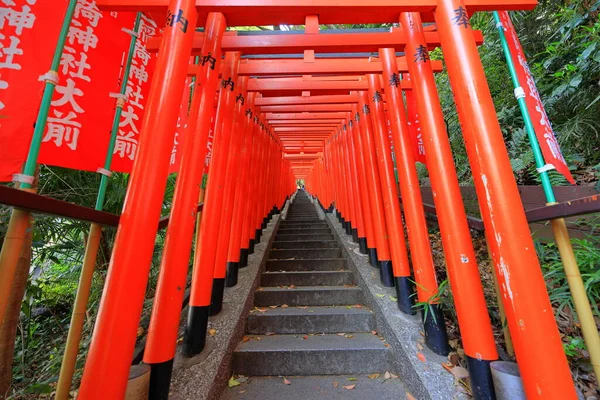
The large red gates at the entrance—called torii—mark the shift from everyday space to sacred ground. When passing through, always step slightly to the side instead of going straight down the middle.
That central path is believed to be reserved for the gods. Locals tend to bow once before entering and again before leaving, a small but meaningful gesture. It sets the tone for everything that follows.
Don’t Eat or Drink on Shrine Grounds
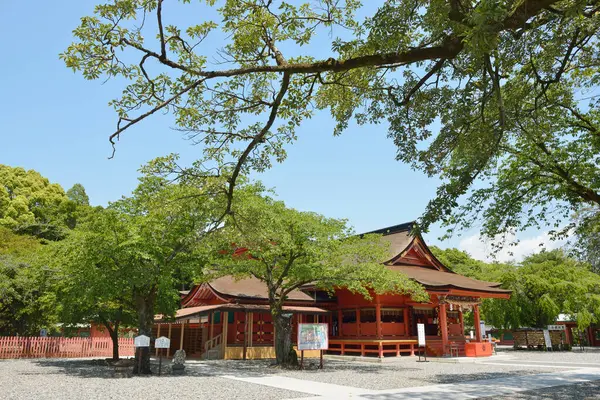
It might be tempting to bring your snack or coffee inside, especially if you’re walking around all day—but shrines aren’t picnic spots. Eating or drinking in the sacred area is seen as disrespectful and disruptive to the atmosphere. Even water bottles should be kept out of sight unless necessary.
If there’s a designated rest area or vending zone, that’s your cue to take a break there. Otherwise, keep your hands free and your focus on the surroundings.
Like Travel Pug’s content? Follow us on MSN.
Clean Your Hands at the Chōzuya
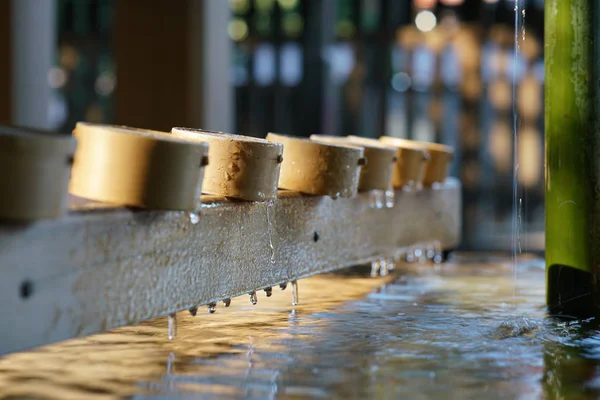
Just past the torii gate, you’ll usually see a stone basin with ladles—that’s the purification station. The ritual is simple but symbolic: rinse your left hand, then your right, and finally your mouth using water from the ladle (don’t touch the ladle to your lips).
It’s a cleansing ritual meant to purify the body before approaching the divine. There’s no need to rush—take your time and do it mindfully. And don’t dump leftover water back into the basin.
Don’t Ring the Bell Without Making an Offering
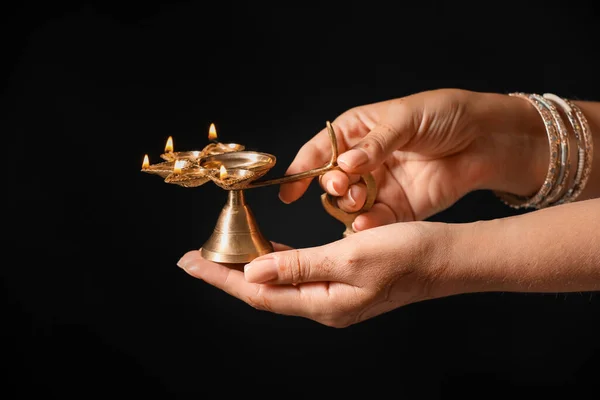
Some shrines have bells you can ring before you pray, but don’t just tug the rope like it’s for fun. The bell is meant to signal your presence to the gods, and it’s typically rung after placing a small offering in the box below.
You don’t need to give a lot—coins are fine—but skipping the offering and going straight for the bell comes off as careless. It’s a moment of intention, not a photo prop.
Toss Coins Quietly, Not Forcefully
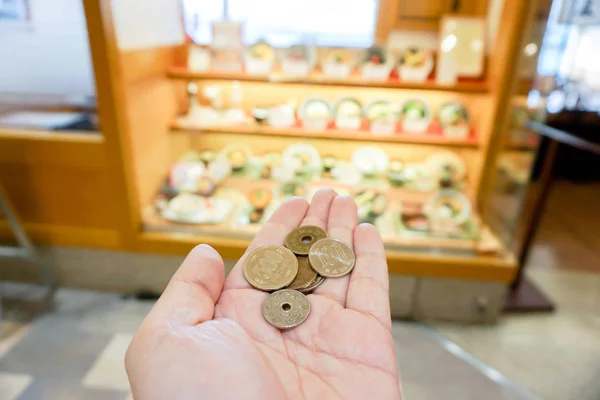
When offering coins at the main hall, the act should feel calm and intentional—not like you’re pitching change into a wishing well. Many visitors drop a 5-yen coin, which is considered lucky because its pronunciation (go-en) sounds like the word for ‘good fortune’ or ‘connection’.
Whatever you toss, do it gently and respectfully. It’s not a place to test your aim or make noise for effect. Treat the offering as a quiet gesture, not a performance.
Like Travel Pug’s content? Follow us on MSN.
Bow Twice, Clap Twice, Bow Once More
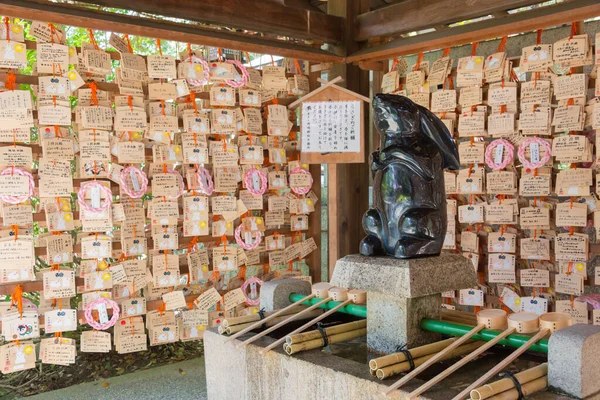
This is the standard prayer pattern at many Shinto shrines. You approach the main hall, bow twice, clap your hands twice, then bow one final time. The claps are meant to call attention from the gods, while the bows show respect and humility.
If you forget the order, just watch a local and follow their lead. The most important part is doing it with sincerity—not robotic precision.
Don’t Point at Sacred Objects
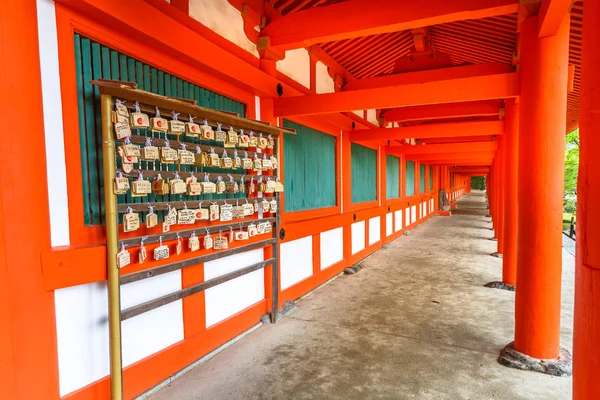
Pointing is generally frowned upon in Japan, but it’s especially rude when directed at sacred statues or altars. Even if you’re excited or trying to explain something, it’s better to gesture with an open hand or simply nod toward what you’re referencing.
Locals tend to be subtle with their movements in shrines, and you’ll stand out quickly if you’re being too animated. Keep it low-key and observant.
Keep Your Voice Down

Shrines are meant to be quiet and meditative, even if they’re located in bustling cities. Loud conversations, laughter, or phone calls break the atmosphere instantly. It’s fine to chat quietly, but anything that draws attention to you is best left outside.
The silence is part of the experience—lean into it. You’ll notice even children tend to whisper here.
Like Travel Pug’s content? Follow us on MSN.
Don’t Enter Restricted Areas
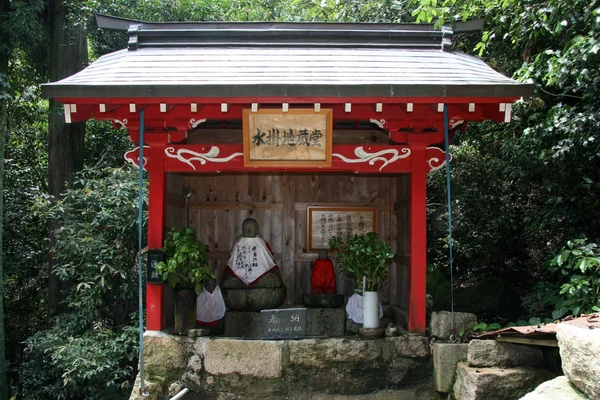
Some parts of the shrine are off-limits to the public, usually marked with ropes, signs, or simple barriers. These aren’t suggestions—they’re hard lines meant to preserve sacred space or protect fragile areas.
Stepping past one, even by accident, can be deeply offensive. Pay attention to signage, and when in doubt, stay outside the rope. It shows you’re not just wandering—you’re paying attention.
Respect the Dress Code
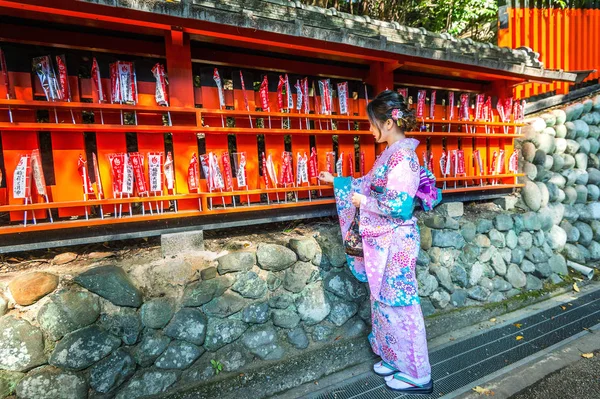
There’s no formal dress code posted, but showing up in beachwear or revealing clothing sends the wrong message. Locals don’t expect suits or full coverage, but modesty is key—think covered shoulders and something longer than shorts if possible.
Even in the summer heat, tourists who dress respectfully get noticed—in a good way. It’s a sign you understand the weight of the place.
Don’t Take Photos of People Praying
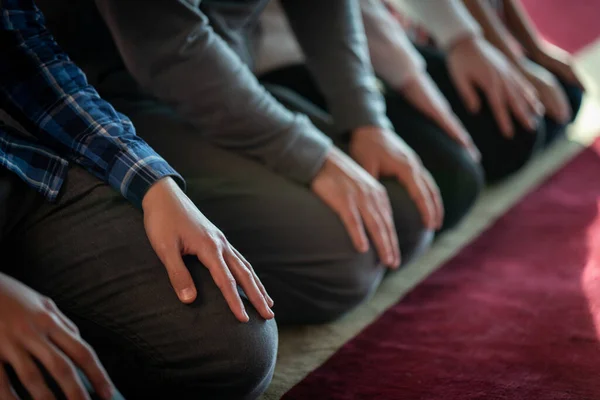
Snapping pictures of someone mid-prayer crosses a line, even if they look picturesque under the shrine’s architecture. You’re intruding on a personal, often emotional moment. Always ask before photographing people, and avoid zooming in on priests or rituals.
Shrines are full of beauty you can photograph—just be mindful of who’s in your frame. Respect for privacy goes a long way here.
Like Travel Pug’s content? Follow us on MSN.
Avoid Flash Photography and Tripods
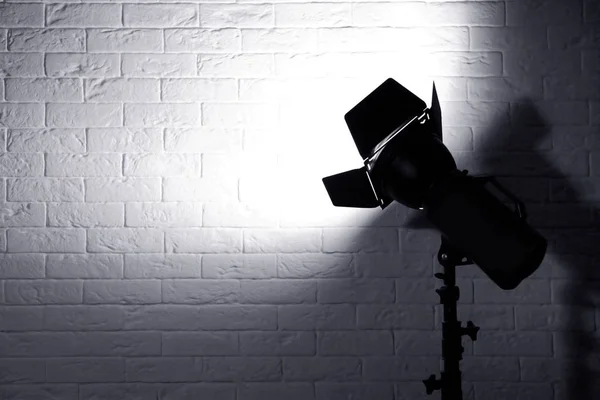
Even where photos are allowed, flash and bulky equipment like tripods are often banned. Flash disturbs other visitors and can damage delicate artwork over time. Tripods tend to block pathways or create bottlenecks, especially in crowded areas. Stick to handheld shots and be quick about it.
The goal is to document the space without interrupting anyone else’s experience.
Don’t Walk Through in a Rush
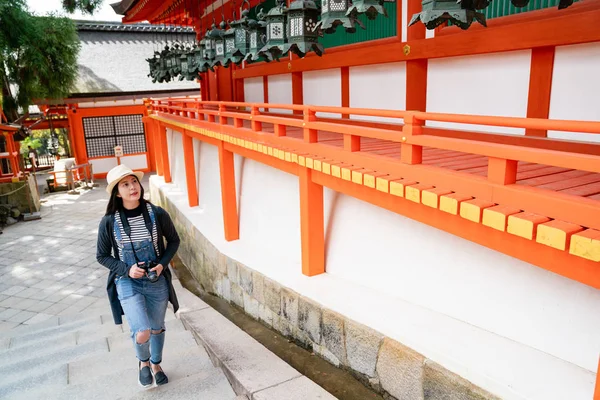
Using the shrine as a shortcut between streets or attractions is a big no-no. These spaces aren’t commuter routes—they’re sacred grounds, even if they connect two busy roads.
Slow down when you’re inside, even if you’re just passing through. It’s about showing respect, not speed. Give the place a moment—it deserves it.
Don’t Touch the Offerings or Decorations
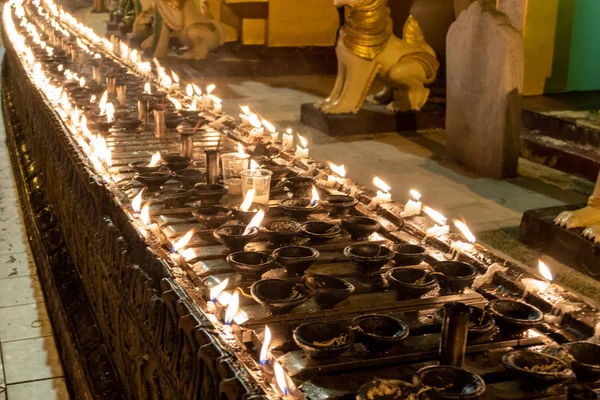
Many shrines display small offerings—sake bottles, charms, rice, or handwritten wishes. These aren’t for visitors to touch or move.
Even if something looks like a souvenir or art piece, hands off unless there’s a clear sign inviting interaction; touching sacred items breaks the shrine’s spiritual flow, even if done innocently. Observe with your eyes, not your fingers.
Like Travel Pug’s content? Follow us on MSN.
Don’t Block the Path for Photos
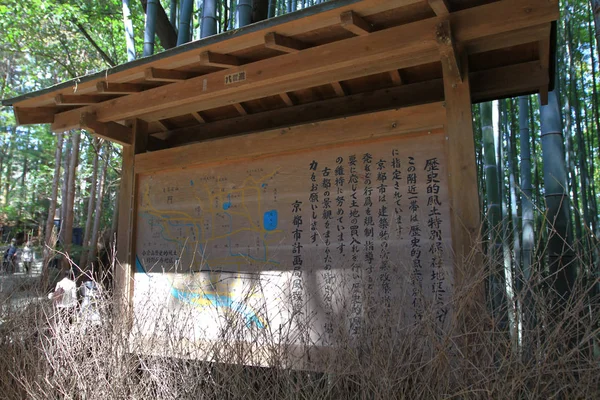
It’s easy to get caught up in getting the perfect shot, especially if the shrine has a stunning gate or seasonal flowers. But standing in the middle of a pathway, especially a sacred one, for a long photo session comes off as inconsiderate.
Step aside quickly after taking your shot, and let others enjoy the space too. If everyone takes turns, everyone gets the moment.
Shrines Are Still Living Spaces
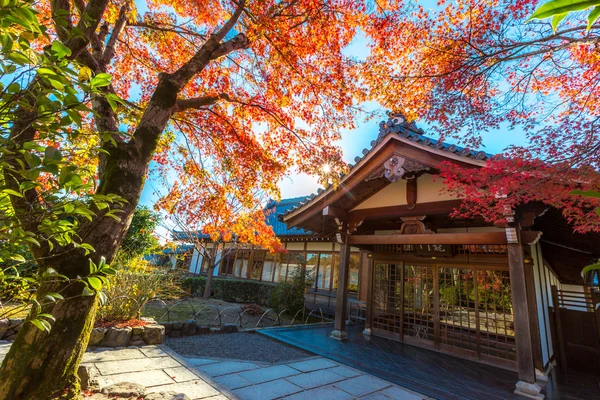
Japanese shrines aren’t frozen in time—they’re woven into daily life, quietly holding centuries of belief while adapting to the present. People visit for reasons big and small: a safe birth, exam luck, or simply a moment of peace in a hectic day. As a visitor, your role is simple—treat the space with the care it’s earned over generations.
Following these unspoken rules doesn’t just show respect—it lets you connect more deeply with the experience. When in doubt, follow the locals’ lead and move through the shrine like you belong there.
More from Travel Pug

- 20 Best Beach Towns in the Carolinas
- 13 Destinations Where Tourists Regularly Regret Their Trip
- 20 Things You Actually Get in First Class
- 20 Small Airports With Aviation Museums
- 20 Places in the U.S. That Are Perfect for a Reset Trip
Like Travel Pug’s content? Follow us on MSN.
